
The Superpixel Segmentation algorithm groups pixels into compact regions with a uniform size and meaningful boundaries. This segmentation algorithm is only applicable to the pixel level. Because it is quite fast it can speed-up subsequent image processing steps, although it can entail the risk of loosing meaningful image edges by placing them inside a superpixel object. For some methods, the compactness parameter makes it possible to adjust the shape of the superpixels at the cost of loosing some object borders.
Superpixel segmentation algorithms can be categorized as either graph-based or gradient ascent methods. Graph-based approaches handle pixels as a node in a graph, minimizing a cost function defined over the graph. The edge weights of two nodes are proportional to the similarity of neighboring pixels. Gradient ascent methods start from a rough initial clustering of pixels and iteratively refine these clusters until a convergence criterion is met to form the objects.
See also http://opencv.org for detailed reference.
Supported superpixel methods are SLICO, SLIC, MSLIC:
SLIC (Simple Linear Iterative Clustering): This gradient ascent segmentation is based on a defined region size and compactness parameter. If an image has a smooth texture in certain regions but is highly textured in other areas, SLIC produces smooth regular-sized superpixels in the smooth regions and highly irregular superpixels in the textured regions. 1

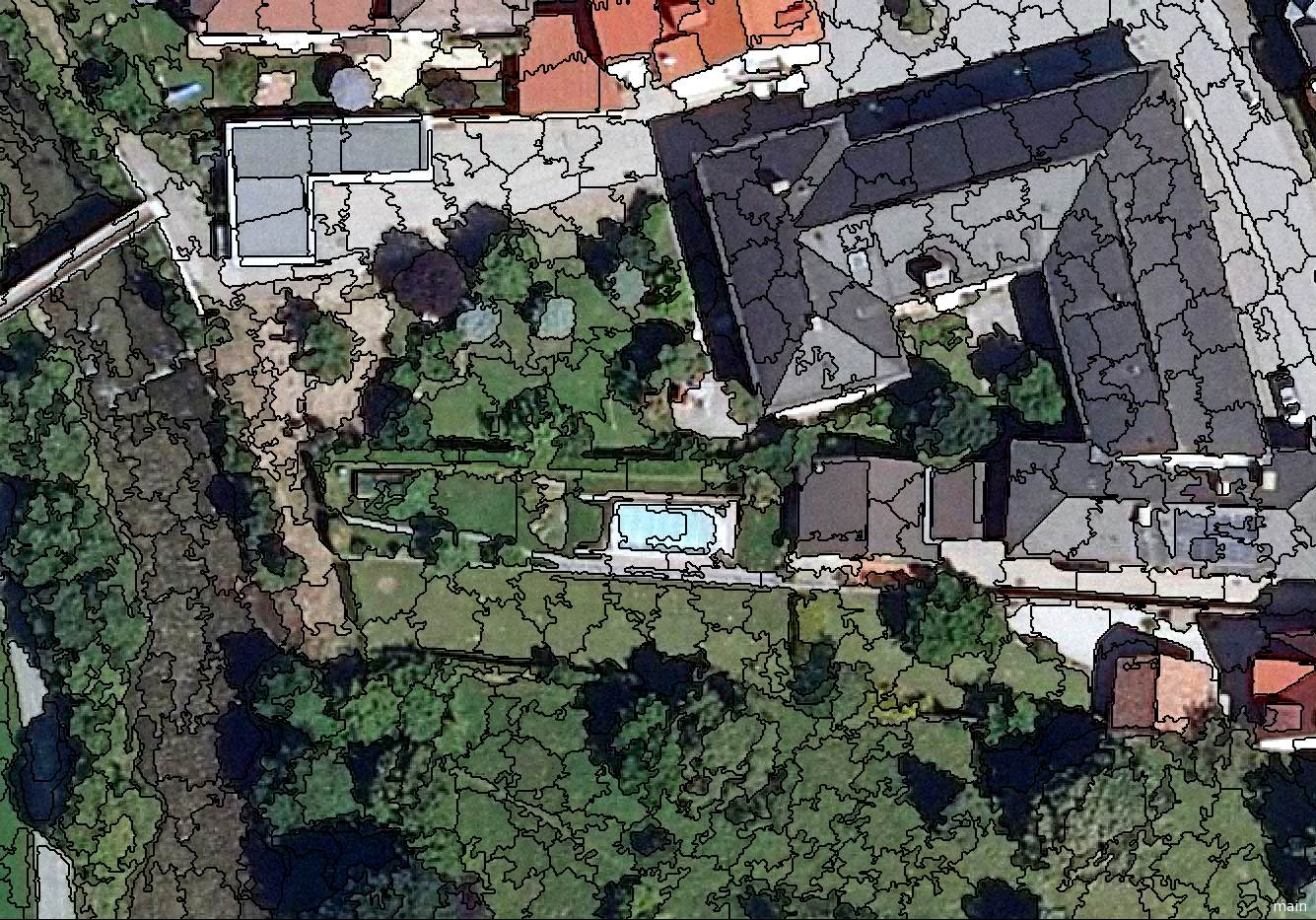
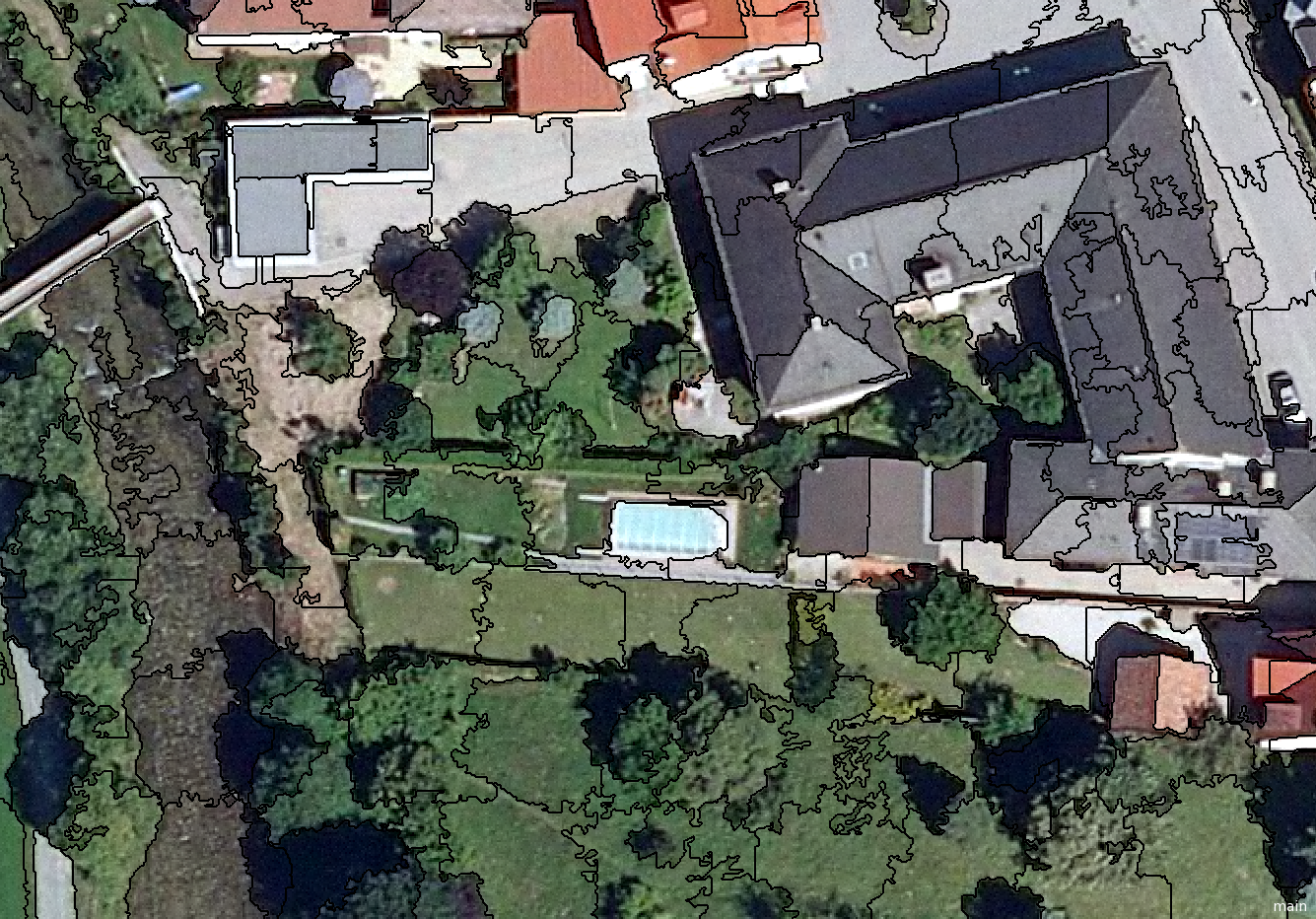
SLICO (Zero parameter version of SLIC) : This approach is the so called parameter-free version of SLIC, because the algorithm applies an adaptive compactness parameter for each object individually to optimize the resulting objects. The method generates regular shaped objects in both textured and smooth regions. 2
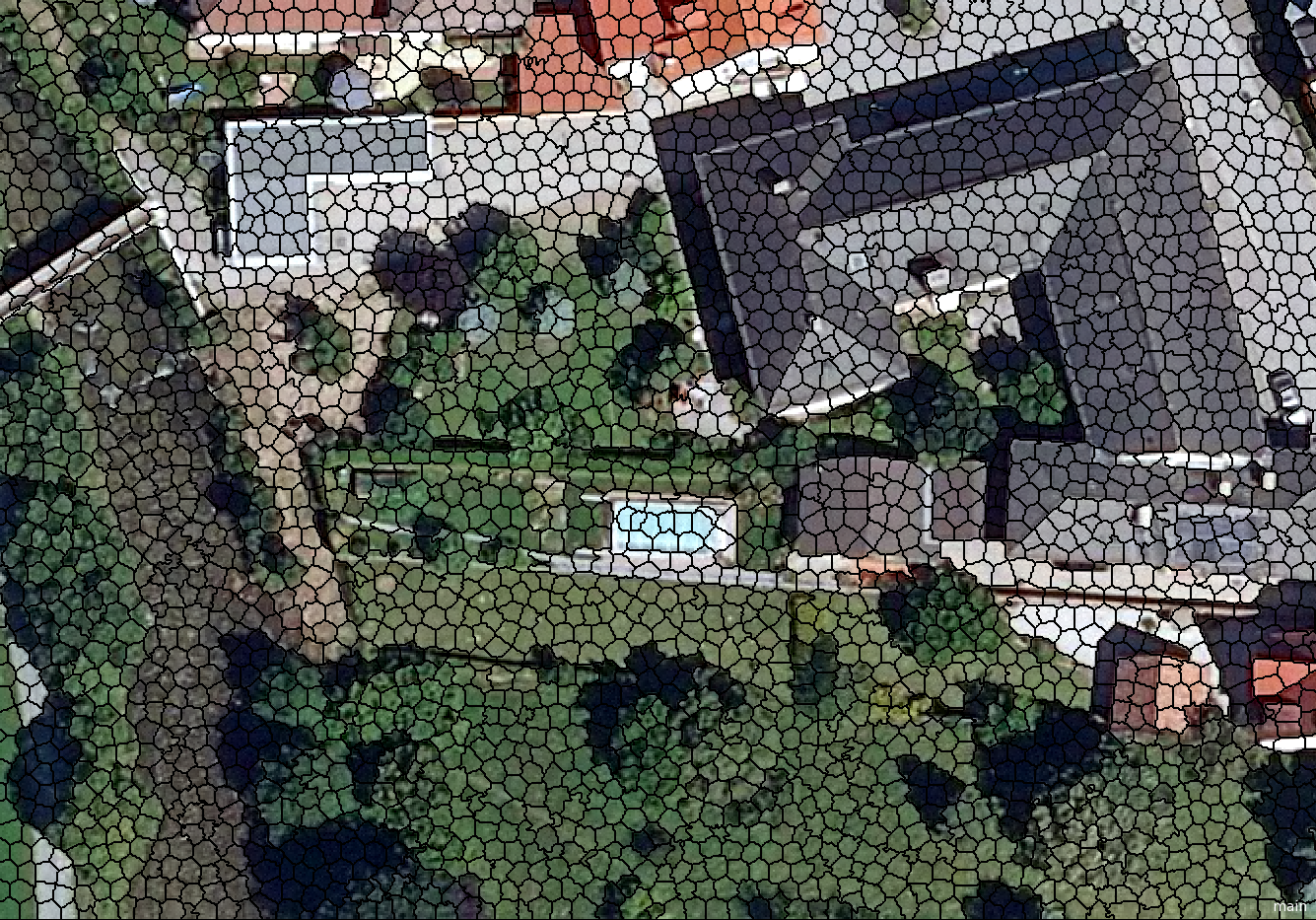
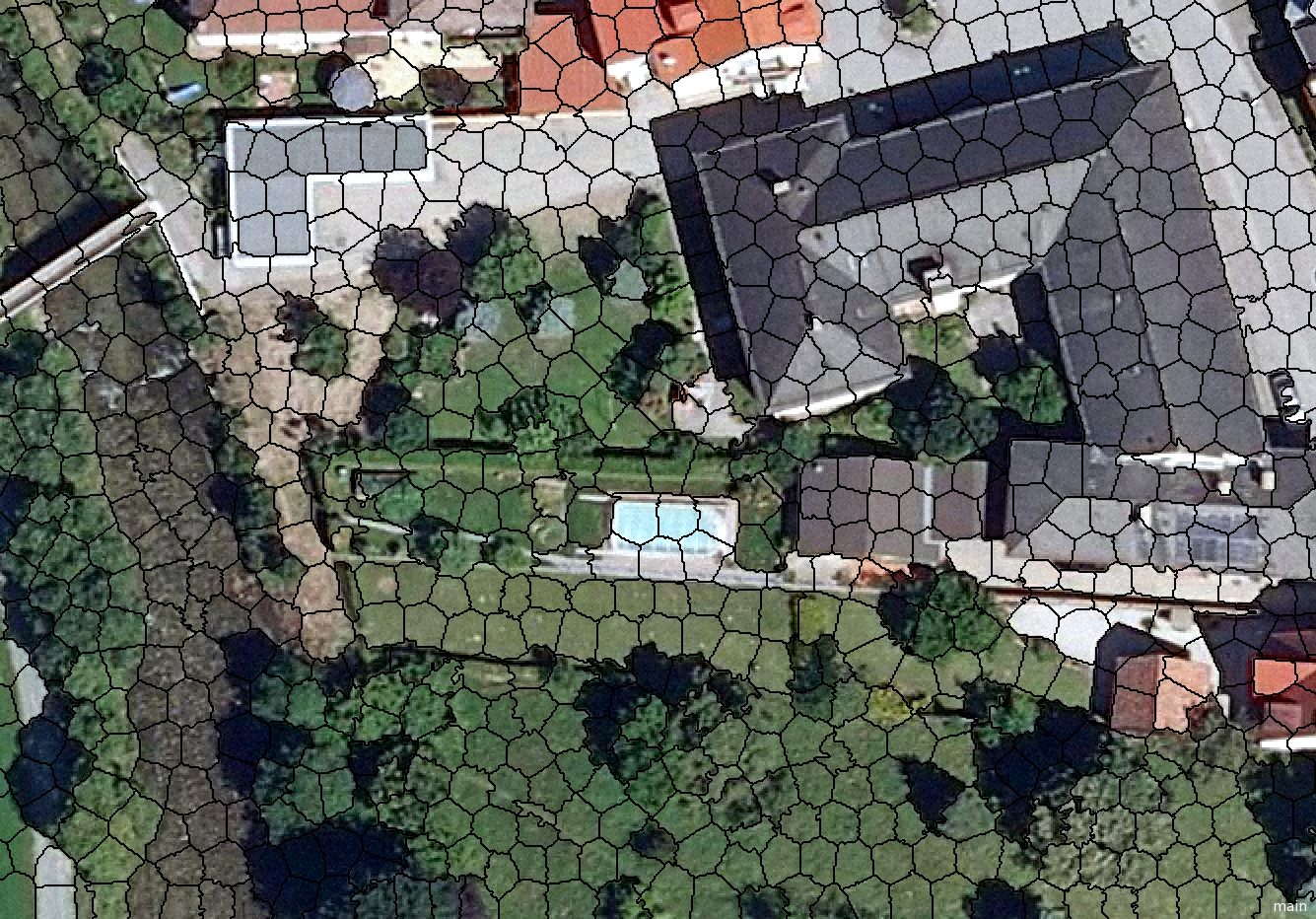
MSLIC (Manifold SLIC): This method optimizes the objects using multiple methods resulting in more content-sensitive and compact superpixel objects. 3
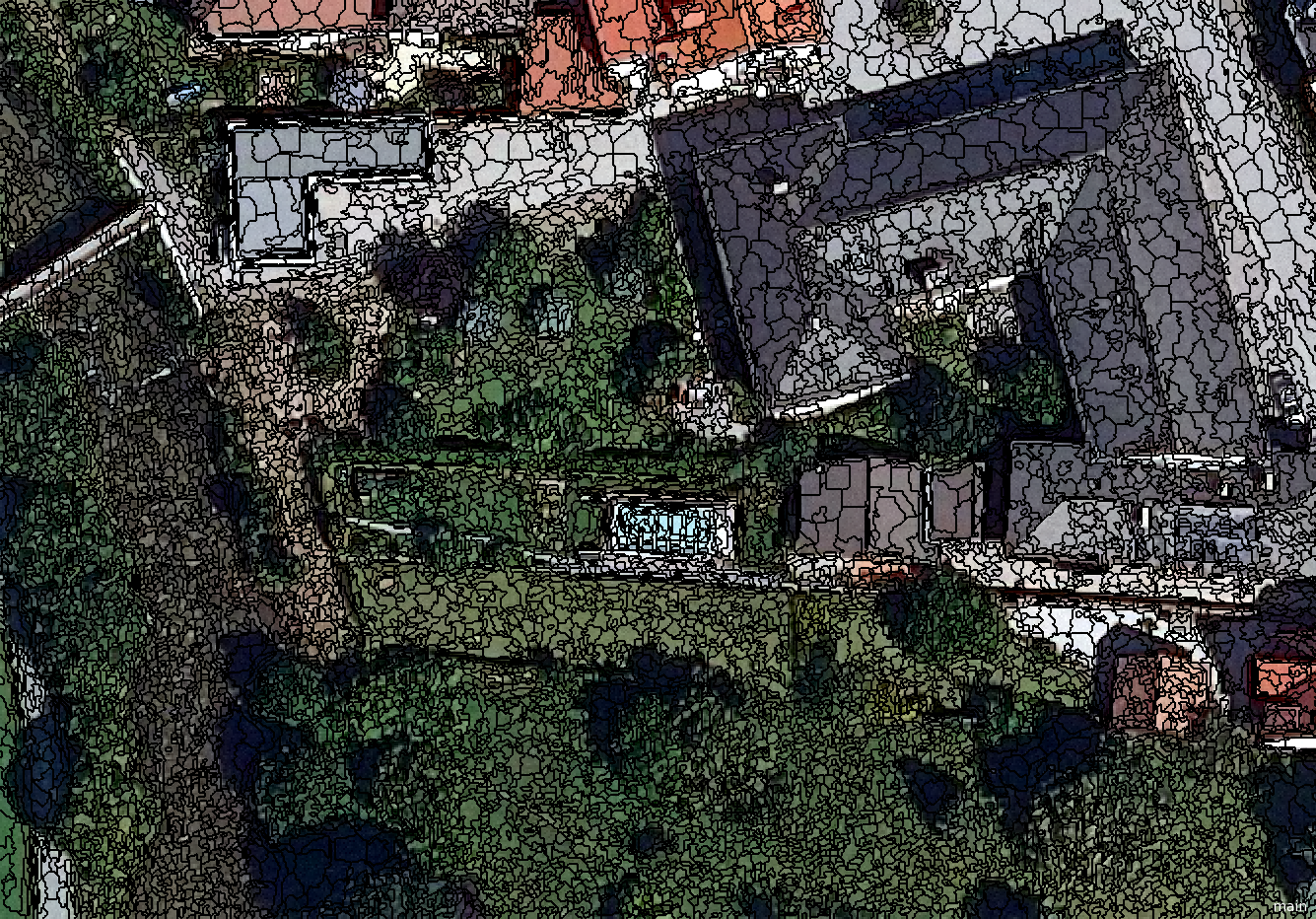
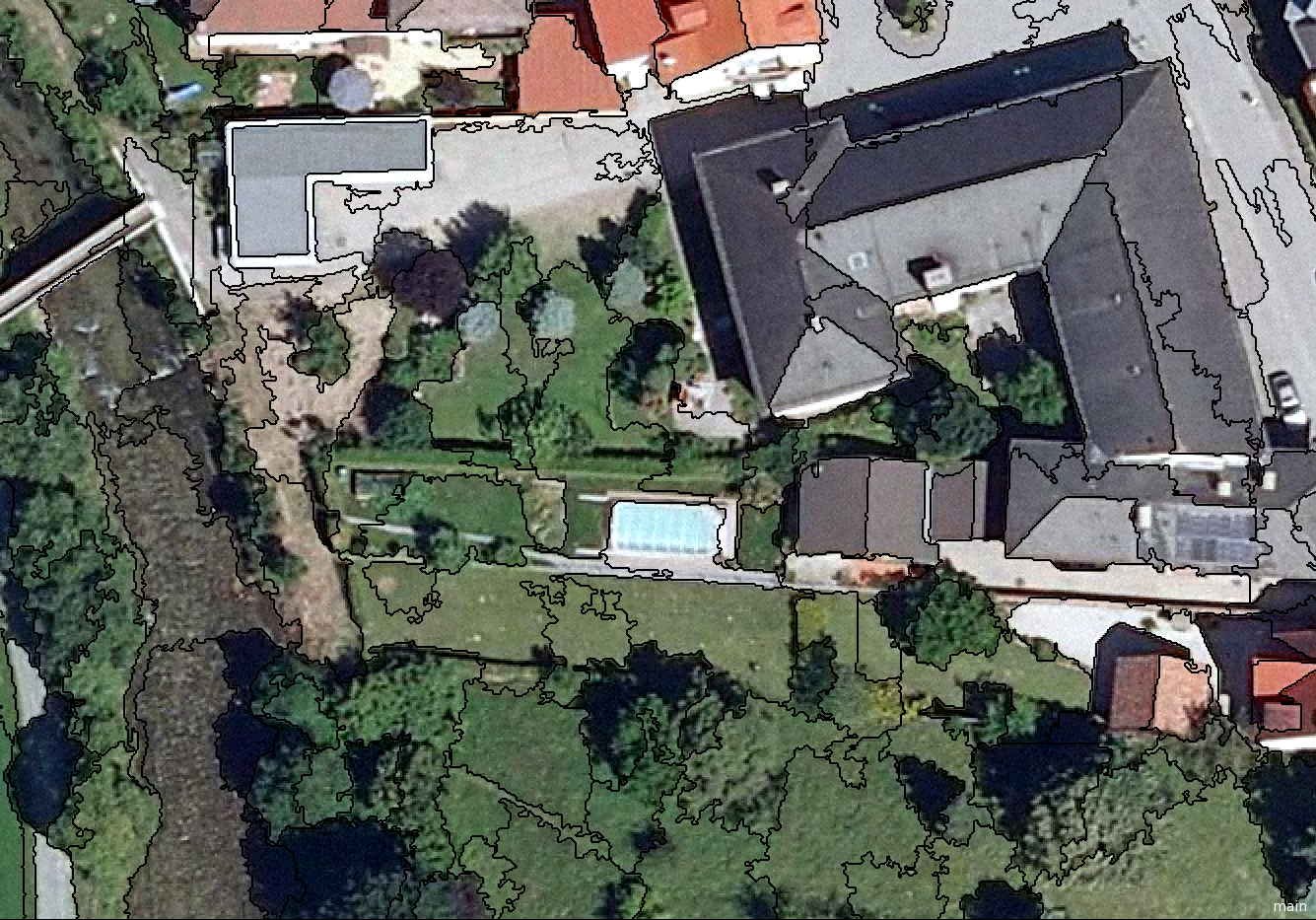
Supported Domains
Pixel Level; Image Object Level; Current Image Object; Neighbor Image Object; Super Object; Sub Objects; Linked Objects
Level Settings
Overwrite existing level
If set to yes, this option overwrites an existing level. The level to be overwritten can only be directly above pixel level.
Level Name
Enter the name of a new image object level or select an existing level name.
Segmentation Settings
Image Layer usage
Select the input image layers to be used in segmentation.
Type
Select the superpixel algorithm type. Choose between SLICO, SLIC, MSLIC.
Iterations
Select the number of iterations. More iterations provide better segmentation results by refining the boundaries, but will increase processing time.
Enforce label connectivity
If set to Yes, too small components are merged to previously found neighbor objects, defined by parameter Minimum element size.
Minimum element size
This parameter reflects the minimum element size in percent that should be absorbed into a bigger superpixel, based on the resulting average superpixel size. Value range [0-100]; default value of 25 means that less than a quarter sized superpixel should be merged. The parameter is only available if Enforce label connectivity is set to Yes.
Region size
Insert an average resulting superpixel size in pixels.
Ruler
Compactness parameter for resulting superpixels. A larger compactness value will cause spatially more compact superpixels that are spectrally more heterogeneous. This parameter is only available for Type SLIC and MSLIC.
